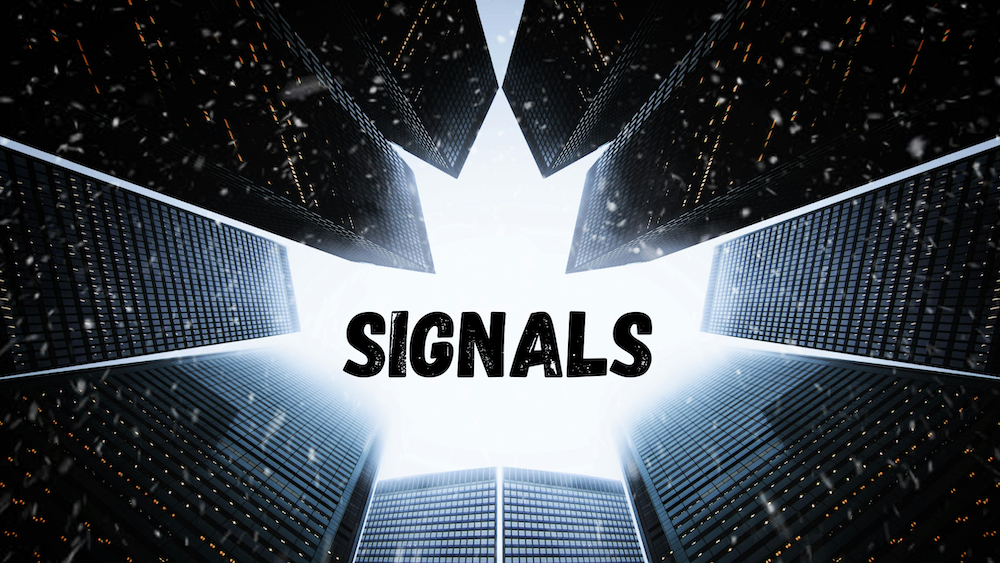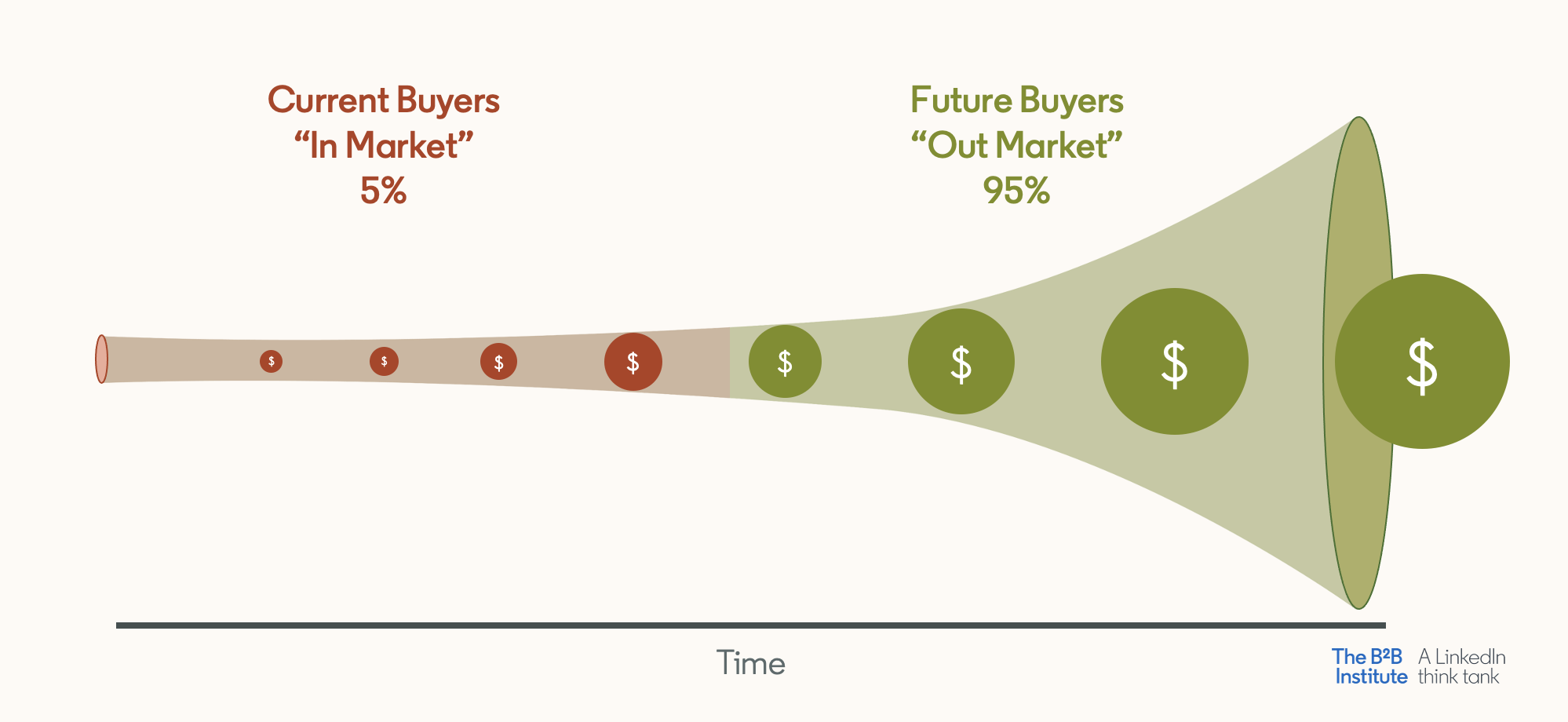Table of contents
It’s been said many times lately, there are a number of sales leaders out there that carry around outdated playbooks from the early 2000s. Plays that include a focus strictly on cold calling/emails and hitting activity numbers, which once worked, but not anymore. Without knowing it, these executives are failing their companies and sales teams. Buyers have evolved; they no longer respond to outbound emails and phone calls at rates that justify dedicated roles and staffed positions. The pandemic has accelerated these changes even further.
Buyers have the power, they are more informed, reserved and calculated than ever before and with a plethora of AI and technology tools at their fingertips. As a result, it’s very difficult to tell which software they value, making it difficult to target and reach buyers.
Buyer actions now inform how companies engage and a host of technology solutions available puts buyer intent at the finger tips of sales professionals.
As sellers we are always looking for signals and as I write this here in 2024, a popular sales strategy gaining traction is signal-based selling. In this blog post, we’ll delve into what signal-based selling is, how it can be applied in today’s sales environment, available technology for implementation, and explore real-life case studies to illustrate its effectiveness.
Traditional solution selling is based on the premise that salespeople should lead with open-ended questions designed to surface recognized customer needs. Insight-based selling rests on the belief that salespeople must lead with disruptive ideas that will make customers aware of unknown needs. – Harvard Business Review
What is Signal-Based Selling?
Signal-based selling, also known as trigger-based selling, revolves around identifying and responding to specific signals or triggers that indicate a prospect’s readiness to buy. This technology helps sales professionals reach the right buyers at just the right time!
These signals in the context of signal-based selling can range from direct buying indicators to external events or changes within a prospect’s organization.
| Some example signals include: | |
|---|---|
| Product usage | Job change data |
| Old deals that should be resurrected | Detection of new or relevant technologies |
| Website visitors who didn’t fill out a form | Engagement with thought leadership on social media |
| Previous customers or champions joining a target account | Detection of a new path for a warm introduction |
| Co-selling opportunities with partners | Engagement with marketing materials |
These high-intent signals help sales professionals better prioritize which contacts and companies to focus on each day by proactively engaging with prospects at the right time and with the right message, increasing the likelihood of closing deals successfully.
“Being able to catch prospects pre-inbound has led to higher meeting conversion rates and better email engagement because the content is hyper relevant to their recent behavior.” – Director Demand Generation
Applying Signal-Based Selling
Applying signal-based selling techniques effectively requires cross-functional collaboration across various teams such as Marketing, Customer Success, Data, and more. You will also need technology tools. Here’s how to hook up your ‘signals’:
- Data Analysis and Monitoring: Utilize your data analytics stack to track and analyze prospect behavior, engagement with marketing materials, and changes within their organization.
- Marketing Automation: Leverage your marketing automation platform to send personalized messages or offers triggered by specific prospect actions or events. You’ll need to partner closely with Marketing on this.
- CRM Integration: Integrate signal tracking capabilities into your CRM system to ensure timely sales follow-ups and targeted communications.
- Social Listening: Monitor social media channels for mentions, comments, or discussions that may indicate a prospect’s interest or need for your product or service.
Technology for Signal-Based Selling
Several technologies facilitate the implementation of signal-based selling:
Signal-Based Selling Results
Example #1
A Series C, Enterprise Saas Platform and Moving Technology Company adopted signal-based selling as a means to solve the challenge of identifying the right time to engage with prospects. They ultimately wanted to reduce sales cycle times.
To achieve their results they implemented signal-based selling using data from a CRM integration and pulling in customer and prospect actions from marketing automation tools (HubSpot). The results were powerful, with a decreased sales cycle times by 30% and increased conversion rates by 20% within six months.
Despite the evidence indicating most buyers are “out-market” at any given time, most marketers believe that advertising works right away. 96% of B2B marketers expected to see the main effect of their ad campaigns within 2 weeks. This belief is a myth. – LinkedIn
Example #2
A Financial Consulting Company was having challenges keeping up with changes within client organizations, specifically billing contacts as well as identifying cross-selling opportunities.
To achieve their results they utilized predictive analytics platform Apollo and social listening platform SproutSocial to track internal and external triggers. As a result they identified 25% more cross-selling opportunities and improved client retention by 15% over one year.
Conclusion
Signal-based selling, while requiring specific technology and tight cross-functional collaboration across internal teams and data sources, offers sales professionals a proactive approach to engaging with prospects and closing deals more effectively. As we covered, by leveraging specific technology (listed above) and analyzing relevant signals, sales teams can identify buying signals, respond to prospect needs in real-time, and ultimately drive business growth.
Incorporate signal-based selling into your sales strategy today and watch your sales soar! Schedule time with us to learn more.
Reading Progress



















